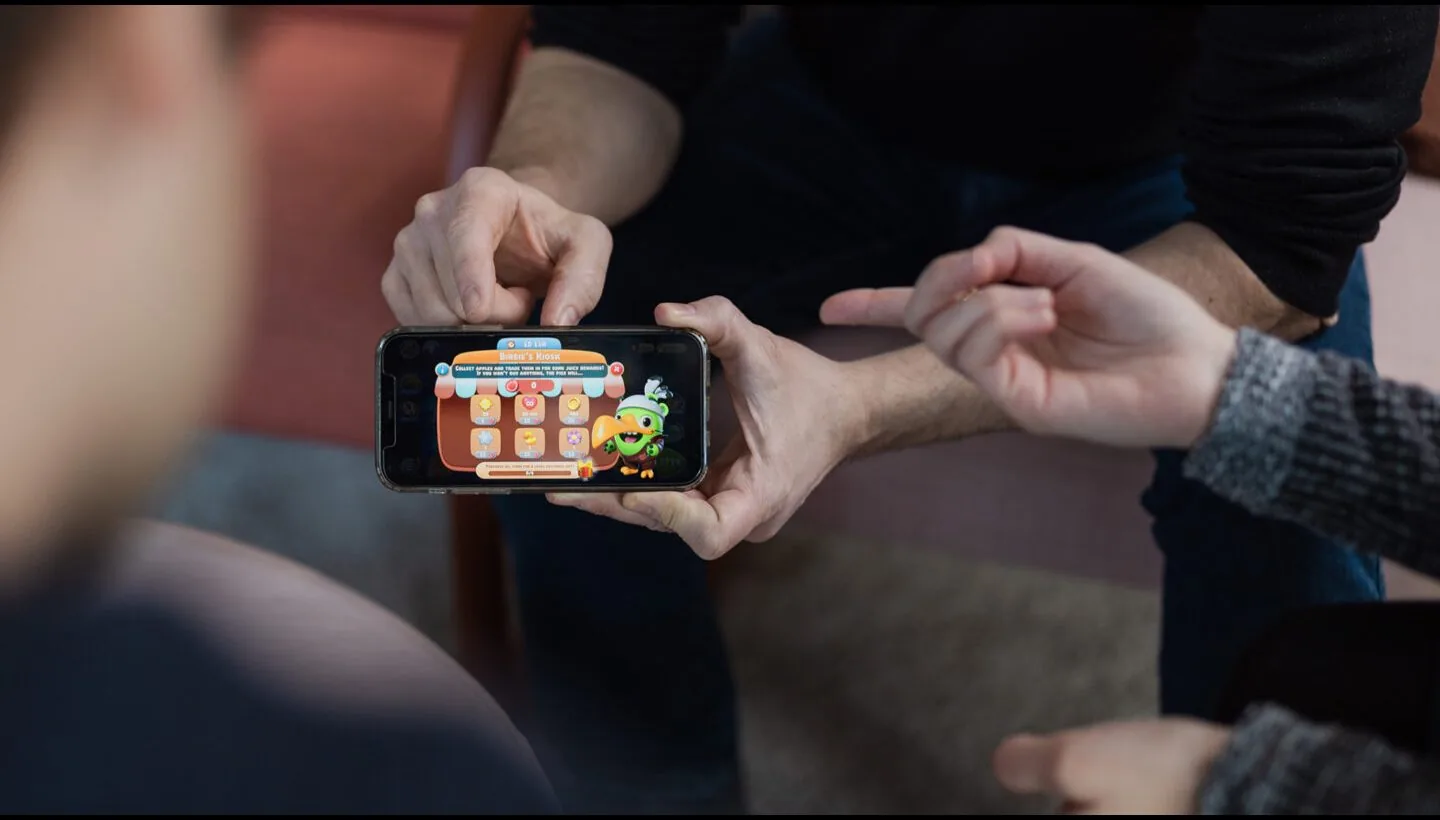
Implementing age check allows players to confirm their age, offering a more tailored game experience and adjusting how player data is processed based on their response.
Written by: Jussi Honkasalo, Senior Legal Counsel, DPO
The world is changing. Around the globe, lawmakers and regulators are, almost as one, turning their attention to questions around children’s online privacy. And as is often the case, with increased scrutiny comes heightened expectations. Without exaggeration, it can be argued that a paradigm shift is underway – a movement first spearheaded by the United Kingdom with their Age Appropriate Design Code and since then taken up in the United States, the European Union, and elsewhere. Perhaps the single most defining feature of the new paradigm is a broadening of focus from online services made for kids to all online services that minors may end up using. Clearly, such a radical recalibration cannot but have resounding implications for any number of industries operating in the online space.
It goes without saying that there are many kinds of mobile games, each designed and marketed to a specific segment of the population. Just like with books, movies, and other entertainment, there are mobile games for kids and adults – and everything in between. For Rovio and many other developers, adults have traditionally comprised the core audience which the developer hopes to reach. This choice of audience is deeply ingrained in how games are designed and marketing strategies planned and executed.
That said, even if a game is geared towards adults, in the online environment it is challenging (to say the least) to fully prevent all children from accessing the game. Doing so may also be undesirable for other reasons, not least because heavy-handed access prevention measures may also negatively affect the experience of those who ultimately are allowed access (think about it: would you like to go through the hassle of presenting proof of ID before being granted access to that new app you happened to download?). In fact, this challenge is not unique to games; rather, it is shared by all online services. Facing evolving regulatory expectations, many game developers are confronted with a challenge they may not have had to tackle head-on before: to make a game that compromises nothing for its core audience of adults while being able to provide a safe yet meaningful and enjoyable experience to younger players.
At Rovio, we have taken up this challenge by developing what we call our age check service. Age check is a technology solution powered by our in-house technology suite Beacon (read more about Beacon here). Its function is to enable our games to ask players to confirm their age and to tailor the player’s game experience according to their answer. The end result is not limited to superficial tweaks to user-facing features (although user-facing features also adapt to the player’s age!). Beyond immediately apparent changes, more nuanced and deeply-rooted adjustments are made “under the hood” in how data about a player is processed, for example in connection with our proprietary machine learning models. Since the latter half of 2022, we have begun rolling out the age check service across our key titles in limited regions, with further expansion being planned.
We see age check as an investment for the future – an investment we are confident will pay off. This is why we have built the age check service to scale. In the concepting phase, a guiding principle for us was modularity: we recognize that the service will need to adapt in the face of rapidly evolving requirements. We do not believe the “end of the line” has been reached when it comes to children’s privacy, neither at the level of public policy nor in technology that enables policy to be put into practice. Further underscoring the need for adaptability, in an area like children’s privacy that is experiencing swift policy development it is far from guaranteed that the trajectory of change will be the same across all the platforms we distribute our games on and all the geographical regions our games are available in. Being proactive now will go a long way towards having readiness to react in the future.
Fundamentally, age check is not only an investment in our technological readiness. It is an investment in our players. As such, we embraced the project – and all the challenges it presented to us along the way – as an opportunity to execute on our broader player-first strategy. As a business, we have made it our mission to craft joy with player-focused gaming experiences that last for decades. What better way to support that goal than by building foundational technology to meet the demands of those decades?